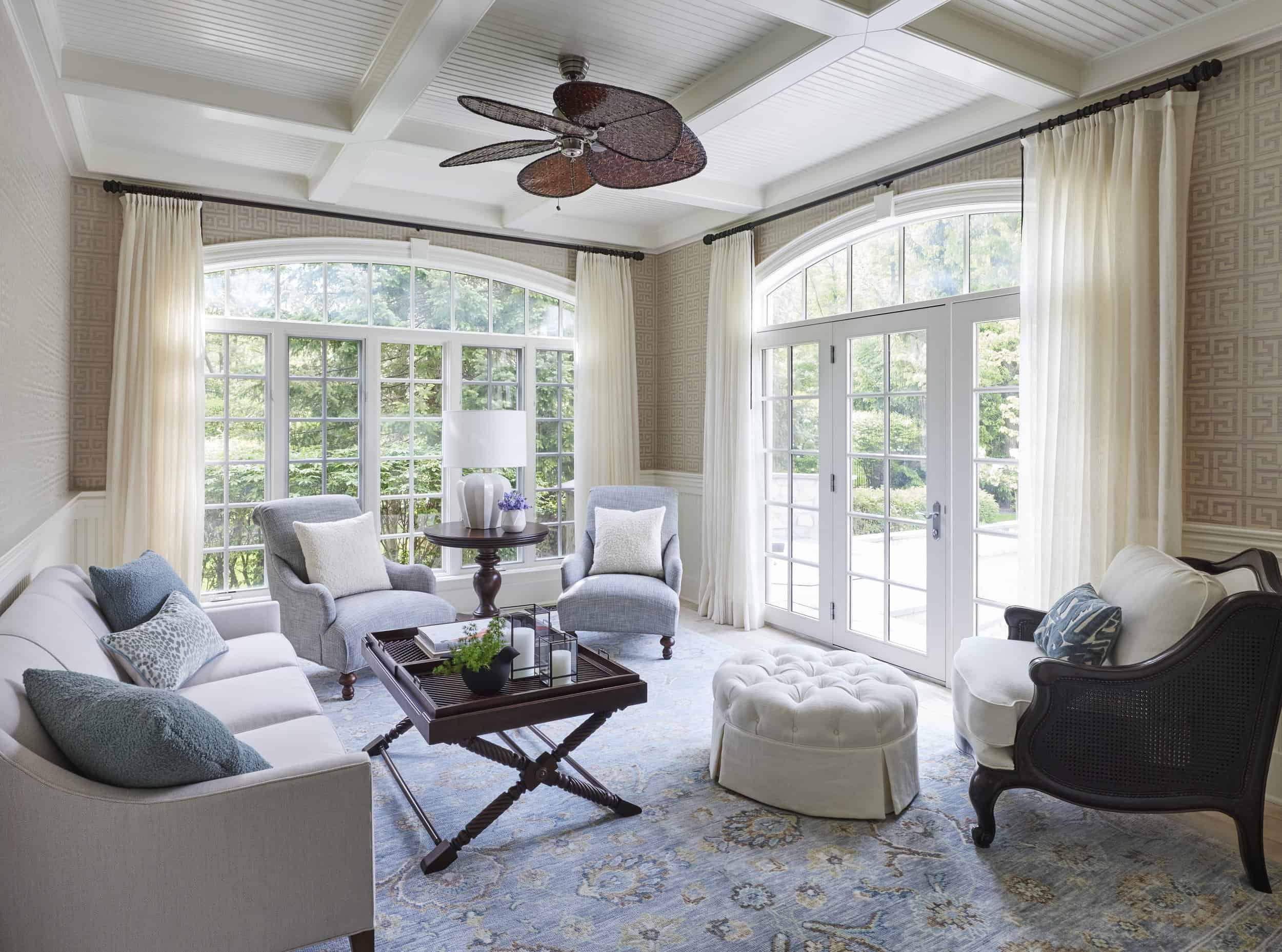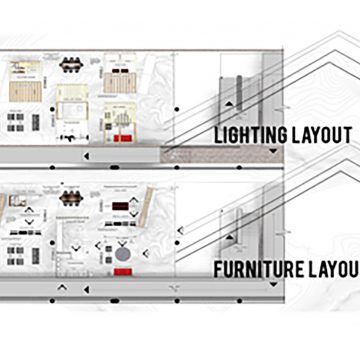Elevate Your Home with a Skilled Winchester Design Specialist Near You
Elevate Your Home with a Skilled Winchester Design Specialist Near You
Blog Article
The Art of Equilibrium: How Interior Design and Home Architect Collaborate for Stunning Outcomes
In the world of home design, striking a balance in between visual appeals and functionality is no small feat. This delicate balance is accomplished with the harmonious cooperation in between indoor designers and designers, each bringing their unique competence to the table. The outcome? Rooms that are not only visually sensational however additionally very livable. This excellent mix is not constantly simple to acquire. Remain with us as we discover the intricacies of this collective process and its transformative effect on home design.
Understanding the Core Differences In Between Interior Decoration and Home Architecture
While both Interior Design and home style play essential roles in creating visually pleasing and functional spaces, they are inherently various self-controls. Home design primarily concentrates on the architectural elements of the home, such as developing codes, safety laws, and the physical building of the area. It handles the 'bones' of the structure, working with spatial dimensions, bearing walls, and roofing system layouts. On the other hand, Interior Design is much more concerned with enhancing the aesthetic and sensory experience within that structure. It includes selecting and organizing furnishings, picking color plans, and integrating ornamental elements. While they operate in tandem, their functions, responsibilities, and locations of competence diverge substantially in the production of an unified home environment.
The Harmony Between Home Architecture and Interior Layout
The harmony in between home architecture and Interior Design hinges on a common vision of design and the enhancement of functional looks. When these 2 fields straighten harmoniously, they can transform a home from common to phenomenal. This cooperation calls for a much deeper understanding of each discipline's principles and the capability to create a natural, visually pleasing setting.
Unifying Design Vision
Combining the vision for home architecture and indoor design can create a harmonious living area that is both useful and aesthetically pleasing. It advertises a synergistic technique where building components enhance interior style elements and vice versa. Hence, unifying the design vision is crucial in blending style and interior layout for magnificent results.
Enhancing Practical Aesthetic Appeals
How does the harmony between home design and Interior Design improve practical aesthetics? This synergy makes it possible for the development of spaces that are not just aesthetically enticing but likewise comfortably functional. Architects lay the foundation with their structural style, guaranteeing that the room is reliable and functional. The interior designer then enhances this with thoroughly selected components that enhance the aesthetics without jeopardizing the capability. This harmonious partnership can lead to homes that are both liveable and lovely. For instance, a designer could develop a home with high ceilings and big windows. The indoor designer can after that highlight these functions with sheer curtains and high plants, respectively, therefore improving the aesthetic charm while preserving the useful benefits of all-natural light and space.
Importance of Collaboration in Creating Balanced Spaces
The partnership in between indoor developers and architects is see this website pivotal in creating well balanced spaces. It brings harmony in between layout and style, bring to life spaces that are not only aesthetically pleasing however also functional. Exploring effective collaborative methods can give understandings right into click for more info how this harmony can be efficiently accomplished.
Balancing Design and Design
Equilibrium, a crucial aspect of both Interior Design and architecture, can just really be attained when these 2 fields operate in harmony. This consistency is not merely an aesthetic consideration; it affects the functionality, sturdiness, and ultimately, the livability of a space. Interior architects and developers have to comprehend each various other's duties, respect their experience, and interact successfully. They must think about the interaction of structural components with style, the circulation of areas, and the impact of light and shade. This collaborative procedure causes a natural, balanced design where every component adds and has a purpose to the general aesthetic. Harmonizing style and style is not simply about developing stunning areas, however regarding crafting spaces that function flawlessly for their residents.
Successful Collective Techniques

Situation Researches: Successful Integration of Style and Design
Examining several situation studies, it comes to be apparent how the successful assimilation of interior style and style can change an area. Engineer Philip Johnson and indoor designer Mies van der Rohe worked together to produce a harmonious balance in between the inside and the framework, resulting in a smooth circulation like this from the exterior landscape to the internal living quarters. These case studies underline the profound influence of an effective design and style partnership.

Getting Rid Of Obstacles in Design and Design Collaboration
In spite of the undeniable benefits of a successful collaboration in between Interior Design and architecture, it is not without its challenges. Interaction problems can develop, as both events may make use of different terms, understandings, and strategies in their work. This can cause misunderstandings and hold-ups in job conclusion. Another significant difficulty is the balancing act of aesthetics and capability. Architects might prioritize architectural integrity and security, while developers focus on comfort and style. The integration of these objectives can be complex. In addition, budget and timeline restraints frequently include stress, potentially creating rifts in the partnership. Effective communication, common understanding, and compromise are important to get over these obstacles and achieve a successful and harmonious cooperation.

Future Fads: The Developing Connection Between Home Architects and Interior Designers
As the globe of home layout proceeds to advance, so does the partnership in between engineers and indoor designers. On the other hand, interior designers are welcoming technical aspects, affecting total design and functionality. The future promises an extra cohesive, innovative, and flexible technique to home design, as designers and engineers continue to obscure the lines, promoting a connection that really embodies the art of balance.
Verdict
The art of balance in home design is accomplished via the unified cooperation in between interior developers and engineers. Despite challenges, this collaboration cultivates development and technology in layout.
While both interior design and home architecture play essential roles in developing cosmetically pleasing and practical areas, they are naturally different disciplines.The harmony between home style and indoor style lies in a common vision of style and the improvement of practical appearances.Linking the vision for home style and interior layout can produce an unified living area that is both useful and visually pleasing. Hence, unifying the design vision is crucial in mixing style and interior layout for sensational results.
Exactly how does the harmony between home design and indoor design improve useful appearances? (Winchester architect)
Report this page